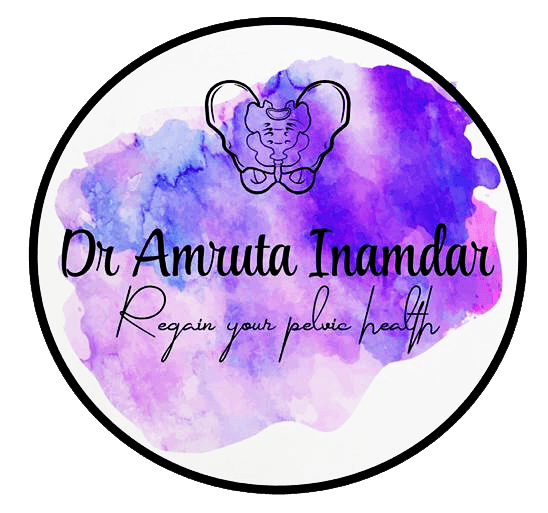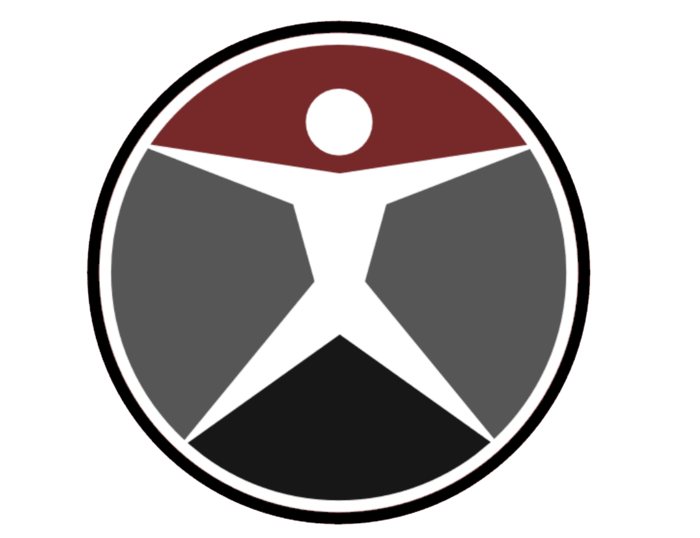Clinical Services
- One on one PT session for 55 – 60 min
- Individualized and comprehensive orthopedic and biomechanical evaluation
- [simple_tooltip bubblewidth="400" content="Biofeedback - Biofeedback is a device that reads muscle activity. It can help isolate the pelvic floor muscles. Sensors are placed externally on the muscles or an internal sensor placed vaginally or rectally is used. The Biofeedback unit generates an audio and a visual cue to increase awareness of the pelvic floor muscles. The unit is connected to a computer screen to allow the patient to see pelvic floor activity on the screen. It can be used to activate the pelvic floor muscles to assist in strengthening them. It can also be used to help relax a tight and tense muscle"]Biofeedback[/simple_tooltip] for [simple_tooltip bubblewidth="400" content="Pelvic muscle - Pelvic floor muscles are a group of muscles that connect your tail bone ( coccyx ) too you cubic bone. They are the bottom support of the abdominal and pelvic cavity and support pelvic organs like the uterus (in females) and Prostate in (males)"]pelvic muscle[/simple_tooltip] strengthening or relaxation.
- Manual therapy techniques such as [simple_tooltip bubblewidth="400" content="Visceral manipulation - Visceral manipulation is a gentle hands-on technique that encourages normal mobility, tone, and inherent motion of the body's organs (viscera) including the connective tissue surrounding them. Visceral manipulation is based on the principle that in order for an organ to be healthy and have optimal function, it must have motion. Tissues that have been inflamed either from infections, direct trauma (surgery, falls, accidents, etc.), diet, emotional stress, repetitive movement, or environmental toxins lose their normal motion and may have adhesion or scar tissues impairing their mobility. Some diagnoses that indicate possible disruption of the visceral system include pelvic pain, gastrointestinal pain and dysfunction, abdominopelvic pain, and spinal pain. For more information, see the Barral Institute website: www.barralinstitute.com."]visceral manipulation[/simple_tooltip], [simple_tooltip bubblewidth="400" content="Craniosacral therapy -Craniosacral therapy is a gentle form of manual therapy based on osteopathic principals that uses light touch to release tensions in the soft tissues that surround the central nervous system. The focus of CranioSacral Therapy is to restore the natural motion of tissue throughout the body to improve physical, mental and emotional well-being. For more information, see the Upledger Institute website, www.upledger.com."]craniosacral therapy[/simple_tooltip], [simple_tooltip bubblewidth="400" content="Myofascial release is a safe hands-on technique that applies substained, gentle pressure to connective tissue restrictions to help restore motion, increase fluid movement and bloodflow, and eliminate pain. Connective tissue of the body is called fascia. Fascia connects all the bones and muscles together and helps everything move in relation to each other."]myofascial release[/simple_tooltip], [simple_tooltip bubblewidth="400" content="Scar tissue release - This is a critical aspect of rehab that is often ignored. Scar tissue can cause significant restriction int he fascia of the body which may lead to varied musculoskeletal symptoms if left untreated."]scar tissue release[/simple_tooltip], and [simple_tooltip bubblewidth="400" content="Nerve manipulation - Nerve or Neural Manipulation is also a gentle hands-on technique that identifies and releases local nerve restrictions. When a nerve is fixed or restricted, it loses its ability to glide and or stretch in length. For optimal function, nerves must be able to move freely within its surrounding structures. For more information, see the Barral Institute website: www.barralinstitute.com."]nerve manipulation[/simple_tooltip].
- [simple_tooltip bubblewidth="400" content="Bladder and bowel retraining- Bladder and bowel re-training involves extensive education. This is one of the most important aspects of bladder and bowel health. The more you know about pelvic anatomy, diet changes that help decrease bladder and bowel irritants, and outside influences that affect your bladder and bowel, the more you will be able to take charge or your bladder and bowel instead of having them in charge of you."]Retraining for Bladder and Bowel[/simple_tooltip] conditions
- Highly individualized exercise prescription for pelvic floor strengthening ( KEGEL exercises, reverse KEGEL exercises), [simple_tooltip bubblewidth="400" content="Diastasis - Diastasis rectus abdominus is a condition in which there is loosening of the connect tissue of the rectus abdominus muscle bellies, which can cause abdominal bulging, increasing your riskier abdominal hernia."]diastasis[/simple_tooltip] rehabilitation, core stabilization, home exercise program
- Safe and effective stretching strategies ( modified yoga poses) as per tolerance of the individual patient
- Prenatal and post-natal physical therapy
- Self-help strategies for effective management of symptoms
Musculoskeletal Pain
Groin Pain
Abdominal Pain
Low Back Pain
Sacroiliac Joint PainHip Pain
Coccygodynia (coccyx or tailbone pain)
Bladder and Bowel Dysfunction
Constipation
Pain before, during or after a bowel movement
Anal Incontinence (involuntary loss of stool or gas or staining of underclothes)
Incomplete Defecation (inability to have a complete bowel movement)
Urinary Dysfunction
Urinary frequency (urinating more than every 2 hours)
Urinary urgency (strong urge to void, but often the bladder is not full)
Stress incontinence (loosing urine w/ coughing/sneezing/laughing)
Urge incontinence (inability to hold urine during strong urges)
Vulvovaginal Pain & Pelvic Floor Dysfunction
Vulvodynia
Generalized Vulvodynia
Vulvar Vestibulitis
Pelvic Floor Dysfunction
Pelvic Organ Prolapse
Pelvic Pain Syndromes
Chronic nonbacterial prostatitis(category IIIA or IIIB)
Painful bladder syndrome/interstitial cystitis
Levator ani syndrome
Proctalgia Fugax
GENERALIZED VULVODYNIA
VULVAR VESTBULITIS
Pre-Natal and Post-Partum Physical Therapy
Low back or SI joint pain
Hip pain
Pubic Symphysis pain
Post Partum postural re-education and strengthening
Post Op Cesarean section pain
Persistent episiotomy scar pain
Pain with intercourse (dyspareunia)
Are you suffering silently with pelvic pain, urinary incontinence or prolapse symptoms? Would you like to discuss your case with Dr. Inamdar?
Schedule a Free 15 min consultation call
Our Clinic Hours
Monday:
Closed
Tuesday - Thursday:
9:00 AM - 6:00 PM
Friday:
9:00 AM - 4:00 PM
Saturday & Sunday:
Closed

